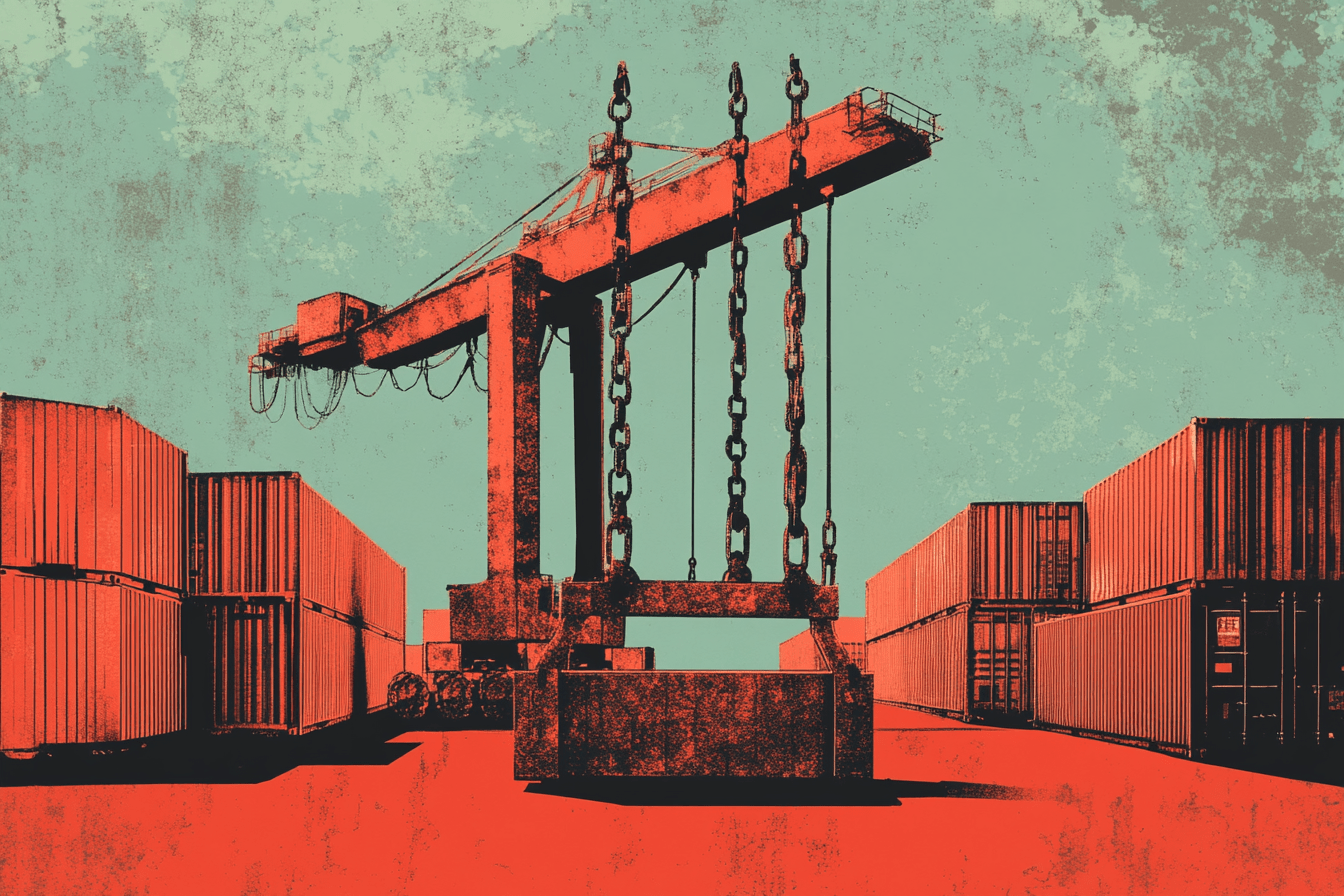Who’s Afraid of ‘Tariff Man’?
A second term for Donald Trump could structurally intensify the trend toward trade fragmentation, heightening tensions, particularly between the United States and China, the world’s two largest economies.

Over the past thirty years, global production and international trade have become deeply interconnected and interdependent. So much so that partial disruptions in the Suez Canal—whether due to technical incidents or, more recently, conflicts in the Middle East—or the temporary closure of the Shanghai port during the pandemic have had significant impacts on economies around the world.
This interconnectedness highlights the potential impact of Donald Trump's re-election. With his self-declared title of ‘Tariff Man’ and his strong, protectionist policies, a second term could structurally intensify the trend of trade fragmentation, heightening tensions, particularly between the United States and China, the world's two largest economies.
But how much should this scenario concern us? During his first term, Trump took an aggressive approach to trade with China, imposing tariffs on hundreds of billions of dollars of Chinese goods, which prompted retaliations from China. This trade war led to a partial reduction in U.S. imports from China but had only a modest effect on the trade deficit, as American exports to Beijing also decreased. Meanwhile, China has closed itself off further from the rest of the world. As a result (with China representing nearly 20% of global GDP), the metric that measures global trade has stalled.
However, the key takeaway is that excluding China, global trade as a percentage of GDP does not show signs of significant decline. Trade among groups of "similar" countries, in terms of regional proximity or trade and political agreements (e.g., the G-7), is actually growing, with connector countries like Vietnam, India, and Mexico facilitating trade between major blocs, as shown in a recent IMF paper.
This underscores the resilience of global value chains developed over the past three decades—a resilience highlighted by a recent IEP study on the impact of maritime trade disruptions. Shipping accounts for over 80% of total global trade volume (UNCTAD, 2021), and China plays a critical role, with its ports handling 13% of global exports and 27% of global imports between 2019 and 2023. Ports like Shanghai and Ningbo alone account for 56% of China’s imports and 67% of its exports, making them essential to the flow of goods across continents.
Given this level of integration, any major negative shock to a Chinese port (such as a hurricane, as considered in the study) could theoretically have a heavy impact on global supply chains. However, the study suggests that global market integration is a strength, not a risk. Well-functioning global value chains allow for diversified sourcing and production, enabling swift economic recovery after disruptions and minimizing delays and financial losses.
Consequently, the push for further "decoupling" from China—likely to emerge in a second Trump term—could lead the U.S. to establish alternative trade partnerships and China to reinforce its trade networks, particularly with Asia and Africa, for diversification. This polarization may create two competing trade blocs, but it would not necessarily have a disruptive effect on global trade, aside from the short-term inflationary costs of reorienting production to other suppliers.
This relatively contained impact would depend on whether "connector" countries remain free to facilitate trade flows between regions. However, if the U.S. were to impose secondary tariffs on countries maintaining relations with both it and China, further isolating the latter, it would risk a significant deterioration in global trade flows, with serious negative implications for global growth.
As for Europe, the best course of action is to strengthen trade partnerships with non-EU countries, particularly in Africa and Latin America, by furthering the Global Gateway strategy. As discussed in another IEP publication, foreign partners could benefit from rising demand for goods and services in one of the world’s largest markets. In turn, the EU would expand and diversify its supplier network, including better access to critical raw materials. Conversely, a European response focused on increasing protectionism or self-sufficiency could disrupt decades of market integration and trade agreements, hindering productivity and affecting growth across the continent.
Reflecting on this issue is now crucial for Europe.

The 2016-2020 trade war led to a partial reduction in U.S. imports from China but had only a modest effect on the trade deficit, as American exports to Beijing also decreased. Meanwhile, China has closed itself off further from the rest of the world
IEP@BU does not express opinions of its own. The opinions expressed in this publication are those of the authors. Any errors or omissions are the responsibility of the authors.

